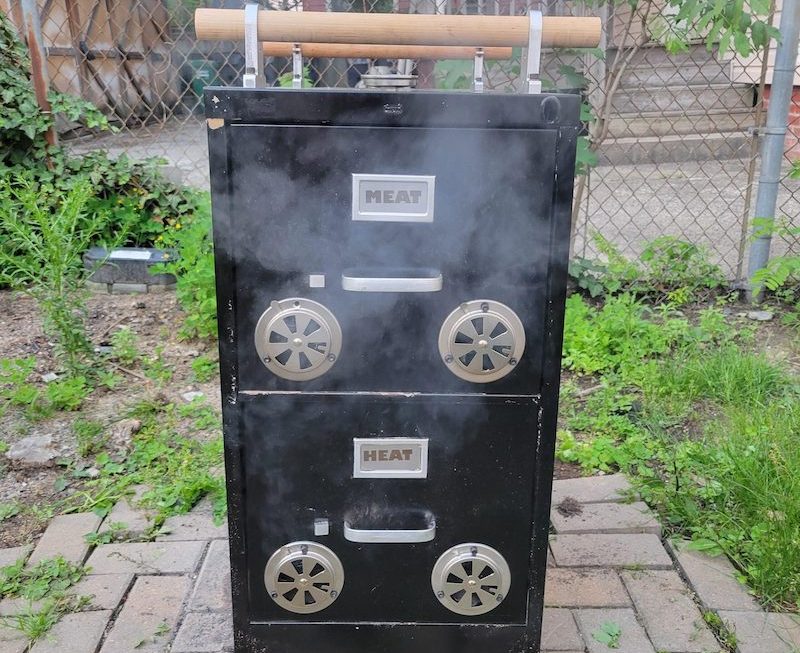Introduction to Cabinet Types
Face frame cabinet vs frameless cabinet? When renovating or building a kitchen, selecting cabinets is a pivotal decision. Cabinets are not just storage solutions; they shape the kitchen’s look and functionality. There are two primary cabinet types to consider: face frame and frameless. Face frame cabinets are known for their classic design and structural strength, while frameless cabinets offer a modern look with greater storage and ease of access. The choice between these two types of cabinets depends on various factors, including aesthetic preference, kitchen size, and practical needs. Understanding the differences between face frame and frameless cabinets is essential for making an informed choice that aligns with your vision for your kitchen.
Key Differences Between Face Frame and Frameless Cabinets
Construction and Appearance
When examining face frame vs frameless cabinets, their build and look stand apart. Face frame cabinets showcase a supportive frame; they often give a classic touch to kitchens. Frameless ones lack this frame, boasting a sleek, contemporary style instead. The visible frame in face frame varieties adds to their traditional charm, while frameless cabinets offer a more seamless visual flow, which appeals to modern aesthetics.
Strength and Durability
Face frame cabinets are known for their robustness. Their solid frame provides extra stability, making them less likely to warp. Frameless cabinets, while sleek, depend on the cabinet box for strength. Quality materials and construction are key for both types to ensure long-lasting durability.
Space and Accessibility
Storage and access vary greatly between the two styles. Frameless cabinets provide full access to the interior, allowing for more storage space. Face frame options have a frame that can slightly reduce the accessible space inside. For small kitchens, every inch of storage counts, making frameless cabinets a favored choice.
Installation and Maintenance
Installation of face frame cabinets can be less complex due to the frame’s extra support. Frameless cabinets require precise alignment and installation due to their lack of a frame for support. In terms of maintenance, frameless cabinets tend to be easier to clean, without crevices where dust can collect, while face frame styles may have more nooks that need attention.
Advantages of Face Frame Cabinets
Traditional Aesthetics and Customization
Face frame cabinets are known for their classic, traditional look that adds a sense of Americana to your kitchen. They often feature intricate designs and can be customized with various wood species, finishes, and hardware to match your specific taste. You can also choose from different door overlay options, including inset, partial, or full, allowing for a unique style that reflects your personality and home’s character.
Face frame cabinets are perfect for those who appreciate the beauty of a well-crafted, sturdy cabinet with a touch of history. This classic cabinetry style can give your kitchen a warm and inviting atmosphere, making it feel like the heart of your home.
Structural Stability and Support
The solid construction of face frame cabinets offers enhanced durability. The attached face frame provides additional reinforcement, ensuring these cabinets are strong and resistant to warping or racking over time. This built-in stability makes them a reliable foundation for your kitchen, as well as a long-lasting investment.
The face frame serves as a protective barrier for the cabinet box, supporting the weight of heavy countertops and maintaining the cabinet square and true. They also help to keep the cabinet doors aligned and can prevent sagging, which is essential in maintaining the visual appeal and functionality of your kitchen space.
Disadvantages of Face Frame Cabinets
Face frame cabinets do come with a few limitations.
Limited Material Options
Face frame cabinets mainly rely on solid wood or MDF construction. Other materials, like thermofoil, melamine, or acrylic, do not work as well with this style. This can limit your choices if you prefer the look or qualities of those materials.
Restrictions in Design Flexibility
Face frame cabinets lean towards traditional or farmhouse themes, which may not suit all tastes. They have a frame that can make interiors less spacious, reducing shelf removal ease. Drawers and roll-outs are also less roomy, taking away from storage potential. These drawbacks could limit design options in modern or minimalist kitchens.
Advantages of Frameless Cabinets
Modern Design and Full Access
Frameless cabinets are prized for their sleek, modern design. Without the traditional face frame, they offer a cleaner look that fits well with contemporary kitchen styles. These cabinets provide a seamless appearance that can make your kitchen look more spacious and streamlined.
One of the key benefits of frameless cabinetry is full access to the interior. This means you can easily reach every inch of the cabinet’s interior without a frame blocking the way. It’s ideal for maximizing space in smaller kitchens or for those who like to keep all their items within easy reach.
Greater Storage and Easy Maintenance
The absence of a face frame in frameless cabinets translates to more storage space. This design allows for wider drawers and larger cabinet interiors, which is perfect for storing bulky pots, pans, and other kitchen tools. You can fit more items inside, making the most of your kitchen’s storage capacity.
Maintenance is also simpler with frameless cabinets. They typically have fewer crevices and corners where dust and debris can gather. Cleaning is more straightforward and less time-consuming, which helps keep your kitchen looking its best with minimal effort.
Disadvantages of Frameless Cabinets
Choosing frameless cabinets means considering some downsides.
Stability and Installation Challenges
Frameless cabinets lack a supportive frame. This means extra care is needed during installation to ensure they’re level and sturdy. Hinges on these cabinets attach to the cabinet box sides. If not done correctly, doors may not hang right. The material of the box, often particleboard, is less stable than the hardwood used in face frames. This can lead to more frequent hinge adjustments.
Finishing frameless cabinet installation requires precision. Without a frame, there is less room for error. Walls and floors must be even for cabinets to fit properly. Installers need to measure accurately and use the right tools.
Higher Cost Factors
Frameless cabinets often cost more upfront. This is due to their modern design and the need for thicker cabinet boxes for strength. Additionally, if you want high-quality materials that last, be ready to invest more.
Despite the higher initial cost, frameless cabinets can add value. They offer a contemporary look and efficient storage space. Still, budgeting for the added expense is important. Compare both types and consider how much you’re willing to spend.
While frameless cabinets provide a sleek design and more space, the stability and cost aspects are crucial. Weigh these against the benefits to make the best decision for your home.
Making the Right Choice for Your Home
Considerations Based on Kitchen Size and Style
Choosing the right cabinets depends on your kitchen’s size and style. For small kitchens, frameless cabinets are often better. They give you more storage space and have a clean, modern look. If you have a larger kitchen, face frame cabinets might be a good fit. They offer a traditional look with strong construction. Think about the style of your home too. Modern homes may benefit more from the sleek look of frameless cabinets. Older or classic homes might suit face frame cabinets better with their timeless appeal.
Personal Preferences and Lifestyle Needs
Your lifestyle and personal likes are important when picking cabinets. If you like a clean look and easy-to-clean surfaces, frameless cabinets could be for you. They have fewer nooks for dust to gather. If durability is top for you, consider face frame cabinets. These are sturdy and can take more weight. Think about your kitchen habits. Do you need lots of storage for pots and pans? Frameless cabinets might be best. Do you like a kitchen that feels warm and classic? Go for face frame. Lastly, think about how long you’ll stay in your home. If it’s for many years, pick what you’ll enjoy and what meets your needs.
Conclusion and Summary
In conclusion, when choosing between face frame and frameless cabinets, many factors come into play. Each type has its unique features that cater to different preferences in aesthetics, functionality, and installation.
Recap of Comparisons and Final Thoughts
To sum up our comparison:
- Face frame cabinets are known for their classic style and strong structure. They are well-suited for those who desire a traditional kitchen look with various customization options. However, they can limit material choices and may not offer as much space.
- Frameless cabinets, on the other hand, boast a modern design and full access to the cabinet’s interior. They are ideal for maximizing storage in smaller kitchens and offer a cleaner visual flow. Be mindful of their potential higher cost and the need for precise installation.
Your choice will ultimately depend on the size of your kitchen, your personal style, and your storage needs. Consider all aspects carefully to determine which cabinet type best aligns with your vision and lifestyle. Whether you prefer the sturdy elegance of face frame cabinets or the sleek functionality of frameless ones, ensure your selection not only complements your home but also serves you well for years to come.






